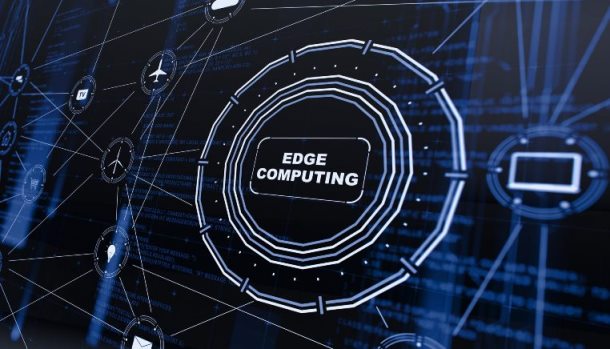By Andrea Ferro, VP channel for Vertiv in EMEA
With a projected global compound annual growth rate (CAGR) of 17.8%, edge technology is reshaping the digital landscape, offering enhanced user experiences, reduced latency and improved security. As edge computing converges with 5G, IoT and AI, it enables ultra-fast data processing and the creation of powerful analytics and connected experiences. As a result, the digital edge data centre market is experiencing rapid expansion.
RELATED: Vertiv adds single-phase UPS for distributed IT networks and Edge computing applications in EMEA
To unlock the full potential of edge sites, organisations need to select the optimal edge rack, integrate the most suitable power and cooling systems and implement effective management strategies that can meet the evolving needs of higher processing power coming from IT, storage and networking devices.
The ideal edge solution
Building a suitable edge rack or micro data centre solution requires a tailored approach that considers the unique needs and varying environments of organisations. There is no one-size-fits-all solution. Factors such as power distribution, backup systems, and temperature and humidity control varying between each site, must be carefully considered to ensure optimal performance and reliability.

Andrea Ferro, Vertiv
As computing and storage migrates closer to customers, backup power becomes more important than ever. Uninterruptible power supply (UPS) systems play a crucial role in supporting new edge applications and ensuring business continuity during power outages. By providing a reliable power supply and safeguarding data, software and hardware, UPS systems protect valuable business assets and eliminate costly downtime. Lithium-ion batteries are now widely adopted for UPS application, offering twice the life expectancy of traditional batteries. Through fewer battery replacements, ability to withstand higher temperatures, and quick recharge cycles, lithium-ion UPS battery backup systems are well-suited for edge and distributed IT environments.
In small edge spaces, power densities as low as 2 kW can generate enough heat to cause issues for IT systems. As such, maintaining appropriate temperature and humidity is a critical consideration that requires specialised cooling solutions. Perimeter cooling, in-rack cooling systems and rear door exchange systems are all effective options that provide efficient edge climate regulation while optimising space utilisation.
There is no universal answer when it comes to selecting the perfect edge solution but, with a thoughtful approach to rack configuration, power supply and cooling systems, organisations can construct the most appropriate edge rack for their needs.
Effective management and visibility
With the most suitable edge rack determined, organisations must prioritise edge data centre management to prevent common pitfalls and maintain control over their expanding edge presence. This requires a strategic approach that includes thorough site preparation to accommodate the increased data volume.
Organisations must unlock comprehensive visibility across diverse IT equipment within their edge ecosystem. With this complete view, they can better manage their infrastructure, provided that resources are allocated to staff members that have the expertise to navigate the intricacies of edge infrastructure. This allows for proactive issue resolution and minimises the risk of downtime.
As well as this, a centralised IT management system can play a crucial role in streamlining processes and enabling secure, standardised and automated management of edge networks. With this consolidation, organisations can achieve greater operational efficiency, reduced complexity, and more control over their edge.
Remote diagnostics and recovery
By nature, edge locations are often difficult to reach or considered ‘dark sites’, meaning that they are designed to operate without any human intervention. However, the consequences of downtime in these locations can be significant, leading to interruption of digital product and service delivery to customers.
Remote monitoring systems that can proactively identify and address potential failures in unmanned edge locations must be implemented. These robust health systems enable organisations to monitor the status and performance of their edge infrastructure, detecting and addressing potential issues before they escalate into major problems.
Infrastructure vulnerability can be reduced with always-on, always-connected out-of-band management as this reduces the need for physical intervention and accelerates the resolution processes. This real-time access to their edge infrastructure allows organisations to improve overall resilience and ensures the continuous operations of critical services.
Edge computing offers exciting opportunities for digital transformation, but it all starts with strategic decision-making in the building phase. With the right decisions and tools in place, businesses can ensure strong management, effective diagnostics, and prompt resolution of IT equipment issues across all edge locations. By supporting more sites and devices while delivering the responsiveness and uptime organisations seek, this platform powers business growth in the era of edge computing.
COVER IMAGE: IT World Canada





























